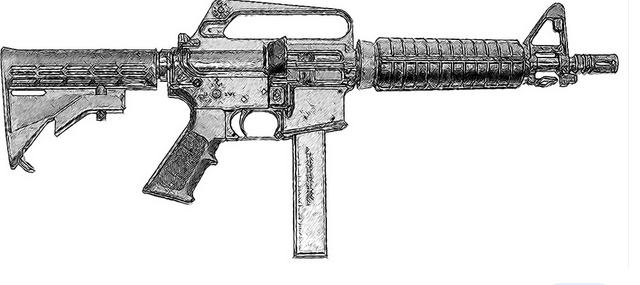America includes a deeply ingrained firearm customs that has been provide ever since the nation’s founding. However, the legislative guidelines that govern national firearms act pistol ownership and income have frequently been contentious and ever-altering. Probably the most important items of national firearms legislation is definitely the National Firearms Act (NFA) that was transferred in 1934. The NFA has gone through many iterations consequently, producing a certain amount of misunderstandings among those who would like to own particular forms of firearms. With this blog post, we will decode the NFA to be able to better fully grasp what it is and how it has an effect on pistol acquisition laws and regulations in the US.
The National Firearms Act (NFA) is actually a national regulation that oversees the management, thing, and transfer of some types of firearms. The NFA packages forth certain requirements to the acquisition of firearms including unit guns, quick-barreled rifles and shotguns, suppressors, and dangerous units. The NFA also imposes a income tax around the producing, transfer, and importation of those firearms.
The NFA can make it illegal to manufacture, transfer, have, or exchange any handgun that tumbles in the NFA’s classification of Label II tools without correct signing up and repayment from the income tax. To register a Headline II handgun, somebody must complete ATF Kind 4, pay a $200 income tax, and wait for approval from the Bureau of Alcohol, Tobacco, Firearms, and Explosives (ATF).
The NFA also requires the enrollment of any suppressors or silencers, which are considered “any system for silencing, muffling, or reducing the statement of any weapon.” To register a suppressor, you must file an ATF Type 1, pay out a $200 taxation, and watch for authorization. This process might take several months, with a bit of hanging around up to and including calendar year or more for acceptance.
One of the more important elements of the NFA is that it needs all Name II firearms to experience a serial number and be noted with all the label, town, and state from the manufacturer. This gives the ATF to monitor the shift and management of each Label II handgun. This necessity is a huge subject matter of talk among anyone who has privacy concerns and do not want their handgun possession being publicly readily available.
The NFA also contains distinct conditions to the exchange of Label II firearms, which can simply be transferred to those that are not disallowed from buying firearms. Furthermore, the exchange has to be approved by the ATF, together with a background check and fingerprinting.
To put it briefly:
Comprehending the National Firearms Act can be a tad challenging because of its numerous iterations and complex provisions. Wherever you stand on weapon possession and legislation, it is important to know the laws and regulations that govern the use, property, and shift of firearms. The NFA’s specifications for Title II firearms, like equipment weapons and suppressors, are stringent and need a great deal of forms and waiting around. Nevertheless, for many who prefer to very own these kinds of firearms, pursuing the NFA’s requirements is really a needed part of maintaining conformity with federal regulation. Whether you are a passionate pistol owner or just curious about pistol legal guidelines in america, making the effort to comprehend the NFA is a crucial step along the way.



